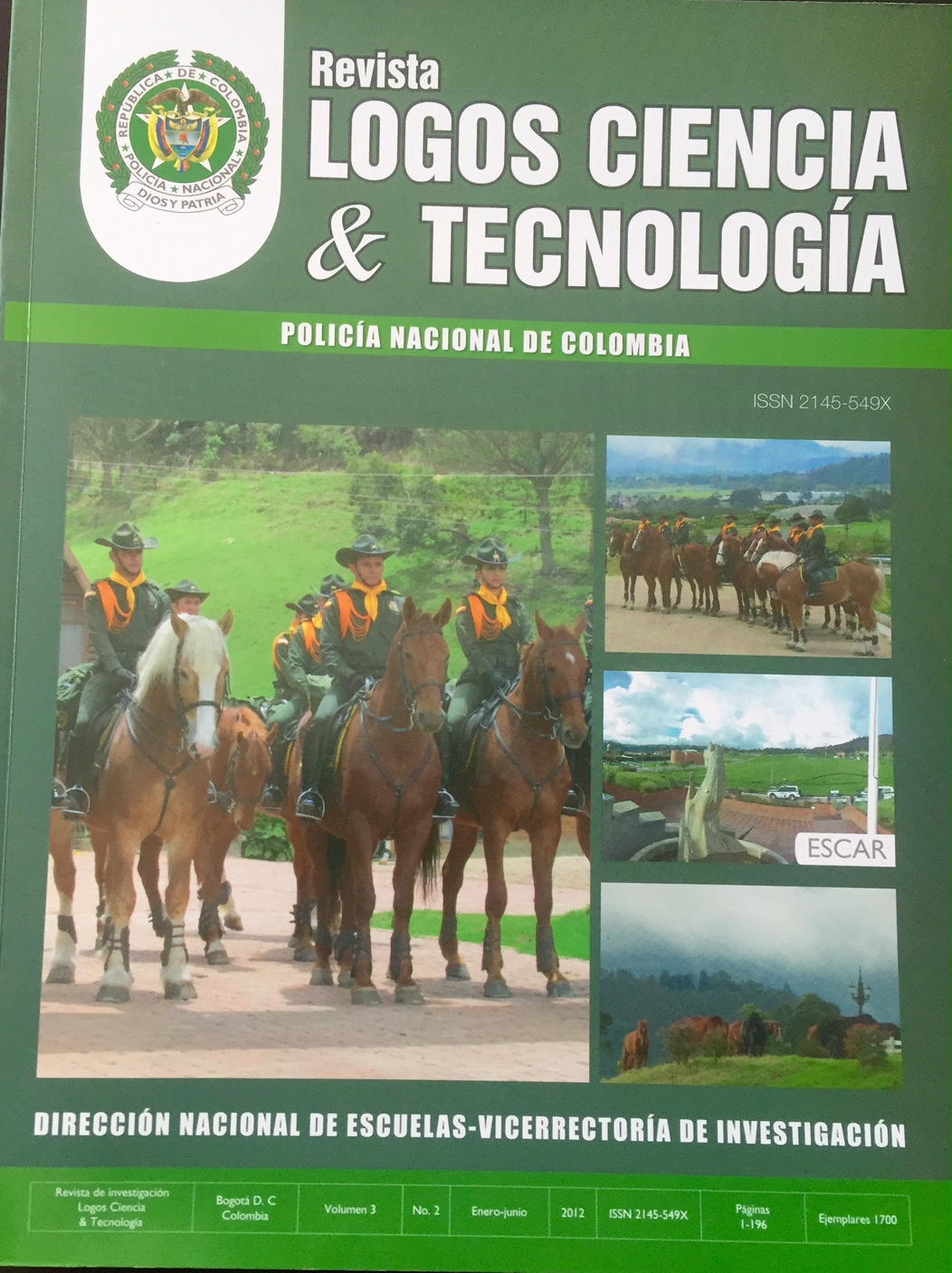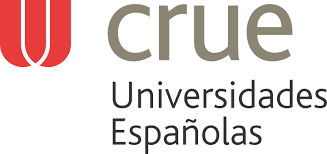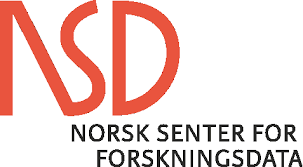Social, cultural and economic conditions of the maras. A comparative study: violence and youth in Bogota
DOI:
https://doi.org/10.22335/rlct.v3i2.150Keywords:
Maras, gangs, youth, Central America, Bogota, violenceAbstract
This project deals with analyzing the social, economic and cultural conditions favorable to the presence and development of gangs with characteristics of "maras" in Bogota. Therefore, it includes the components of formulation and results of the research about conditions at the Central American region compared to Bogota, without losing sight of national and regional contexts nor the results of the analysis of intervention experiences that have been made in this regard.
Downloads
References
ARANA, Ana. (2005, julio-septiembre) Cómo las pandillas invadieron América Central. En: Foreign affairs en español, Vol. 5, N.° 3, s. l., pp. 116-130.
BERGER, Peter y LUCKMANN, Thomas. (1975) La construcción social de la realidad, Madrid: Amorrotou Editores.
BODEMER, Klaus et al. (edits.) (2001). Violencia y regulación de conflictos en América Latina, Caracas: Adlaf, Heinrich-Boell Stiftung, Nueva Sociedad.
CAÑAVERAL, Snyder y CHRISTINA, Andrea. (2007). Inmigración, transnacionalismo y pandillas: la Mara Salvatrucha. Tesis Magíster en Estudios Latinoamericanos, Facultad de Ciencias Sociales, Bogotá: Pontificia Universidad Javeriana.
DEMOSCOPÍA. (2007). Maras y pandillas, comunidad y policía en Centroamérica. Hallazgos de un estudio integral [en línea], Guatemala: ASDI, BCIE. Disponible en <http://www.pnud.org.gt/data/publicacion/ Maras%20y%20pandillas,%20comunidad%20 y%20polic%C3%ADa%20en%20centro%20 am%C3%A9rica.pdf>.
FALKENBURGER, Elsa y THALE, Geoff. (2008). Maras centroamericanas: Políticas públicas y mejores prácticas, Washington: WOLA, pp. 45-66.
GARLAND, David. (2005). La cultura del control, Barcelona: Gedisa.
MARTÍNEZ VENTURA, Jaime. (2005). Una aproximación al fenómeno político criminal que representan las "maras" (respuestas actuales a la violencia de las pandillas en la República de El Salvador. Logros, dificultades y desafíos). En: Cuadernos de Doctrina y Jurisprudencia Penal, vol. 10, nos. 18-19, s. l.
PEREA, Carlos Mario. (2007). Con el diablo adentro. Pandillas, tiempo paralelo y poder, México: Siglo XXI.
PNUD. (2010). Informe sobre Desarrollo Humano para América Central, s. l. Disponible en Internet
POLICÍA NACIONAL DE COLOMBIA. (2007). Lineamientos generales de política para la Policía Nacional de Colombia, Bogotá: DIPON.
LACY, Susan y RIAÑO-ALCALÁ, Pilar. (2006, diciembre). Medellin, Colombia: Reinhabiting Memory. En: Art Journal [en línea], vol. 65, no. 4, s. l., pp. 96-112. Disponible en <http://www.swfs.ubc.ca/fileadmin/ template/main/images/departments/social_work/ faculty/PDF-ilar/2006_MedellinReinhabitingMemory.pdf>.
SANTACRUZ GIRALT, María. (2005, noviembre) Creciendo en El Salvador: una mirada a la situación de la adolescencia y juventud en el país. En: Estudios Centroamericanos, nos. 685-686, s. l., pp. 1079-1099.
SANTAMARÍA, Gema. (s. f.). Las maras centroamericanas, una identidad que ha dejado de tatuarse: posibles lecciones para las pandillas mexicanas [en línea], México: Instituto Tecnológico Autónomo de México (ITAM). Disponible en <http://www.insumisos.com/lecturasinsumisas/Las%20Maras%20Centroamericanas.pdf>.
ZÚÑIGA, Mario. (2010). Acercamiento a los estudios sobre pandillas en América Latina, s. l., Grupo de trabajo Juventud y Nuevas prácticas Políticas en América Latina, CLACSO.
Downloads
Published
Issue
Section
License
This journal provides free and immediate access to its content (https://creativecommons.org/licenses/by/4.0/legalcode#languages), under the principle that making research available to the public free of charge supports greater global knowledge exchange. This means that the authors transfer the Copyrights to the journal, so that the material can be copied and distributed by any means, as long as the authors’ recognition is maintained, and the articles are not commercially used or modified in any way.
































